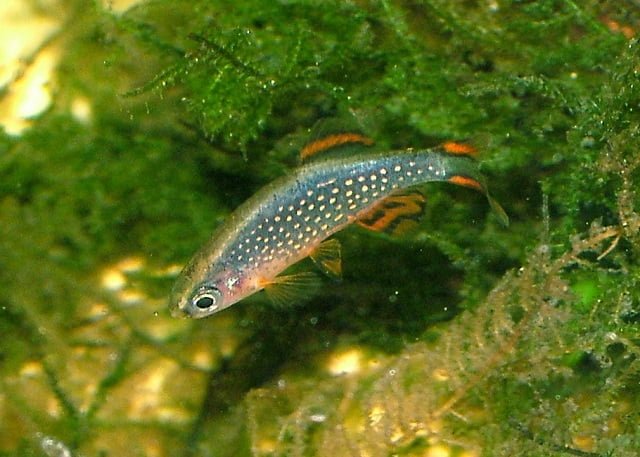USA.- It’s rare to find an oyster with a pearl in it, but the iridescent material — called nacre — that coats the inside of oyster shells is actually made of the same material. Physics professors Rebecca Metzler and Enrique Galvez are leading a team of Colgate researchers to find out more about nacre’s structure, which is known for its strength and luster.
“There’s a lot of research into how that structure exists, but we wanted to probe it in a new way,” Metzler said. “Long term understanding of biological materials, such as nacre, provides engineers with the ability to come up with new and improved ideas for material designs,” she explained.
In 2013, she and Galvez received a Picker Interdisciplinary Science Institute grant for this research, which uses imaging polarimetry, a new technique that involves measuring the polarization of the light, to examine the formation of biominerals. The project brings together Metzler’s biophysical knowledge and Galvez’s understanding of physical optics.
With the help of visiting physics professor Joshua Jones and Anthony D’Addario ’18, Metzler and Galvez used a combination of imaging polarimetry and scanning electron microscopy to look more closely at the structure of the nacre.
They discovered that the myostracal layer — the part of the shell where the organism attaches — is made up of a structure of block-like crystals, making it very different from the nacre that surrounds it, which is made up of lines of tablets. They found that the tablets of the nacre that occur after the myostracal layer were much thicker and more uniform than those that occurred before the myostracal layer.
“We found that the [myostracal] layer appears to cause structural changes,” Metzler said. “We’re really intrigued by that. We aren’t sure yet if it’s a direct correlation or if it just happened that way.”
She and Galvez plan to continue their research with imaging polarimetry to find out more about this, and they’re also interested in using it to look at other biomaterials, such as chiton, a biomaterial that forms the exoskeleton of many insects.
Stay Always Informed
Join our communities to instantly receive the most important news, reports, and analysis from the aquaculture industry.
Their current findings were published in the Royal Society Open Science journal in February.
Reference (open):
Rebecca A. Metzler, Joshua A. Jones, Anthony J. D’Addario, Enrique J. Galvez. Polarimetry of Pinctada fucata nacre indicates myostracal layer interrupts nacre structure. Royal Society Open Science. DOI: 10.1098/rsos.160893
http://rsos.royalsocietypublishing.org/content/4/2/160893
Source: Colgate University News
Editor at the digital magazine AquaHoy. He holds a degree in Aquaculture Biology from the National University of Santa (UNS) and a Master’s degree in Science and Innovation Management from the Polytechnic University of Valencia, with postgraduate diplomas in Business Innovation and Innovation Management. He possesses extensive experience in the aquaculture and fisheries sector, having led the Fisheries Innovation Unit of the National Program for Innovation in Fisheries and Aquaculture (PNIPA). He has served as a senior consultant in technology watch, an innovation project formulator and advisor, and a lecturer at UNS. He is a member of the Peruvian College of Biologists and was recognized by the World Aquaculture Society (WAS) in 2016 for his contribution to aquaculture.



